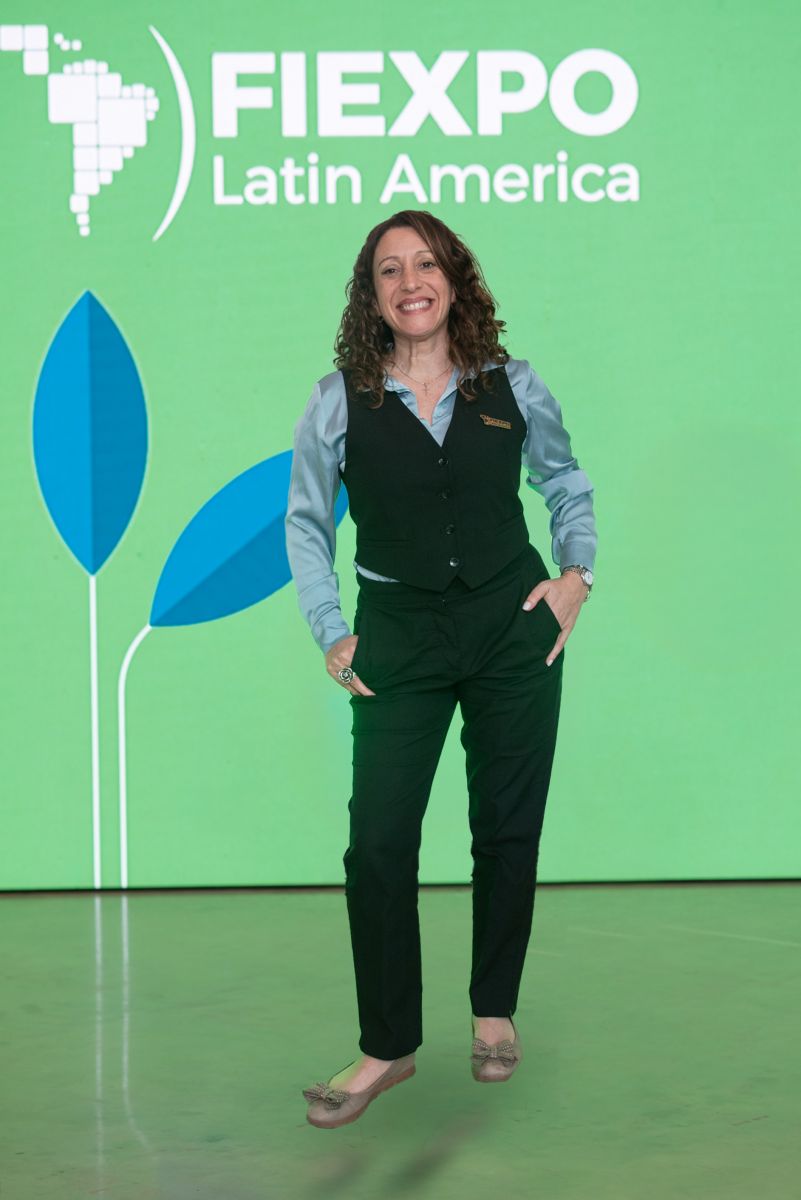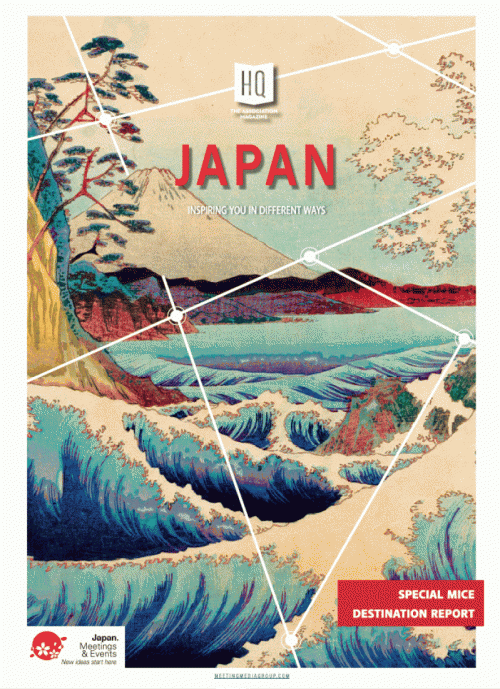Women Leading the Way in Latin America’s Meetings Industry

Opening of Fiexpo 2024 in Panama
For HQ issue #116, we caught up with two influential women leaders in the Latin American Meetings Industry – Carolina Adano (on the left), Director of FIEXPO Exhibitions Group, Director of Eventos Latinoamericanos and Treasurer of COCAL (the Latin American Association of the Meetings Industry), and Vivian Nardone (on the right), CEO of FIEXPO Exhibitions Group, Director of MICE Consulting and Events Director of SITE South America. They share their personal journeys, challenges and insights into advancing the role of women in the MICE sector, offering a fresh look at the progress and obstacles faced by women in leadership roles.
Can you share your personal journey to becoming a leader in the MICE industry?

Carolina Adano (CA): My first encounter with the MICE industry was working at my father’s DMC company during the summer holidays. Before starting university, I attended a training seminar on congresses and events, which was a turning point in my life. It was there I met Sergio Baritussio, who would become my husband, and I began working at a DMC, and then at a PCO. A few years later, I founded my own PCO company. In 2007, when Sergio and Arnaldo Nardone decided to create a show for the meetings industry in Latin America, they invited me to lead the team and develop FIEXPO Latin America. Although my start in this industry was somewhat accidental, today, I could not see myself doing anything else. This industry enriches you both in knowledge and personal contacts, and I am deeply proud of the economic impact on destinations and the legacy we create.
Vivian Nardone (VN): My journey in the MICE industry began over 25 years ago when Radisson Hotels introduced its first convention centre in my country. I was among the early professionals who received training in events and conferences through their programmes. My university studies allowed me to gain experience with a local PCO, which was pivotal. I later became Country Manager for an internationally recognised PCO, representing their brand as they entered Latin America. In 2017, I joined FIEXPO Exhibitions, where I currently serve as CEO. This role has expanded my expertise and allowed me to contribute more broadly to the industry. I am proud of the path I chose, which has connected me with global leaders and diverse cultures while highlighting the tangible and intangible benefits this industry offers.
What are some of the key challenges and barriers that women in Latin America face today in achieving leadership positions, especially in the MICE industry?
CA: Persistent gender biases and stereotypes often result in women being underestimated or overlooked for leadership roles. One of the most significant barriers is the demanding nature of the MICE industry, which requires significant time and travel, making it difficult for women to balance work and family life. Cultural expectations often place additional burdens on women, reinforcing these challenges.
VN: Women in the MICE industry face entrenched cultural norms and gender stereotypes that limit their opportunities. Balancing work and personal responsibilities is another significant hurdle, compounded by the lack of female role models in leadership positions. Addressing these issues requires a concerted effort by individuals and organisations to promote equality and create inclusive environments. As current leaders, we also have a responsibility to be visible and motivate other women to succeed.
At FIEXPO 2024, the experts who took part in the Women in Leadership panel discussed the importance of creating a network that can support and help one progress in their career. How important has mentorship from other female and male leaders been in helping women advance in the MICE industry in Latin America?
CA: Mentorship from both female and male leaders is crucial in helping women advance in the MICE industry. Mentors, regardless of gender, can introduce women to key industry contacts, opening doors to opportunities and collaborations that might otherwise be inaccessible. They also share their experiences and expertise, helping women develop the necessary skills and knowledge to succeed.
VN: I completely agree with Carolina. Mentorship from both female and male leaders is indeed vital. Female mentors, in particular, offer relatable guidance, helping emerging talent navigate industry complexities, while male mentors bring diverse perspectives and advocate for gender inclusivity. These relationships are transformative, providing crucial support, expanding professional networks, and empowering women to overcome challenges and achieve their career goals.
What can men do to better support and promote women’s leadership?

CA: Men can significantly support women’s leadership by promoting an inclusive culture that values diverse perspectives and recognises women’s contributions. They can also encourage policies and practices that support work-life balance, such as flexible working hours, remote work options, and parental leave.
VN: Men can also support and promote women’s leadership by becoming active allies. This includes championing gender inclusivity, mentoring and sponsoring women, and challenging gender bias. Advocating for flexible work arrangements and parental leave policies that benefit everyone, not just women, can also contribute to a more inclusive and dynamic workplace.
What cultural changes do you see that could enable more women to reach the top?
CA: Several cultural changes and challenging stereotypes about gender roles in both professional and personal settings are crucial. We need to promote the idea that leadership is not gender-specific and ensure that both men and women can excel in leadership roles. A commitment to pay equity by regularly reviewing and addressing gender pay gaps within organisations is also essential.
VN: Embracing gender equality in leadership is essential, as various international studies show that companies with greater gender diversity in their leadership teams are more likely to have above-average profitability. Supporting worklife integration through flexible arrangements is also crucial, with a 2018 Harvard Business Review study highlighting that such policies enable women to achieve a better balance and make leadership roles more accessible. Actively challenging unconscious bias is essential, and mentorship and sponsorship have been shown to be effective. Greater transparency in leadership promotion and advancement practices is strongly recommended, ensuring fair performance reviews and clearer paths to leadership.
What advice would you give to young women starting out in the MICE industry in Latin America who aspire to become leaders one day?
VN: Based on my personal experience, my advice to young women starting out in the MICE industry in Latin America who aspire to become leaders is to seek professional training and mentorship. Connecting with experienced professionals can provide valuable guidance, support and learning opportunities. Proactivity in personal development is essential; we must commit to working on our skills, including leadership and interpersonal communication, which are critical to advancing in this industry. It is important to face challenges with perseverance and a positive attitude, never giving up, as resilience can make a significant difference. It is also important to advocate for your own interests and those of others, always promoting diversity, equity and inclusivity.








